Travel
This article was written in partnership with Expedia
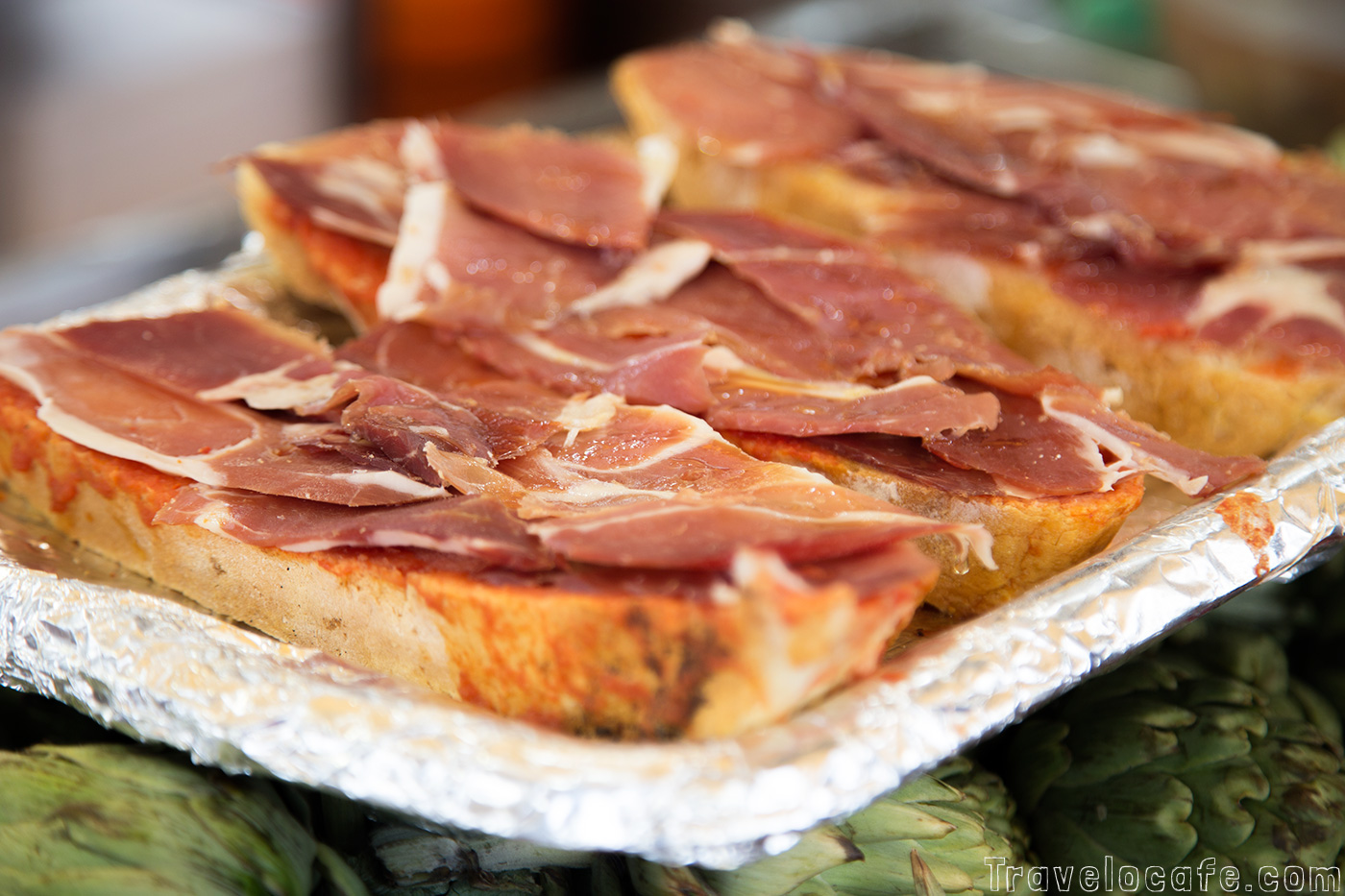
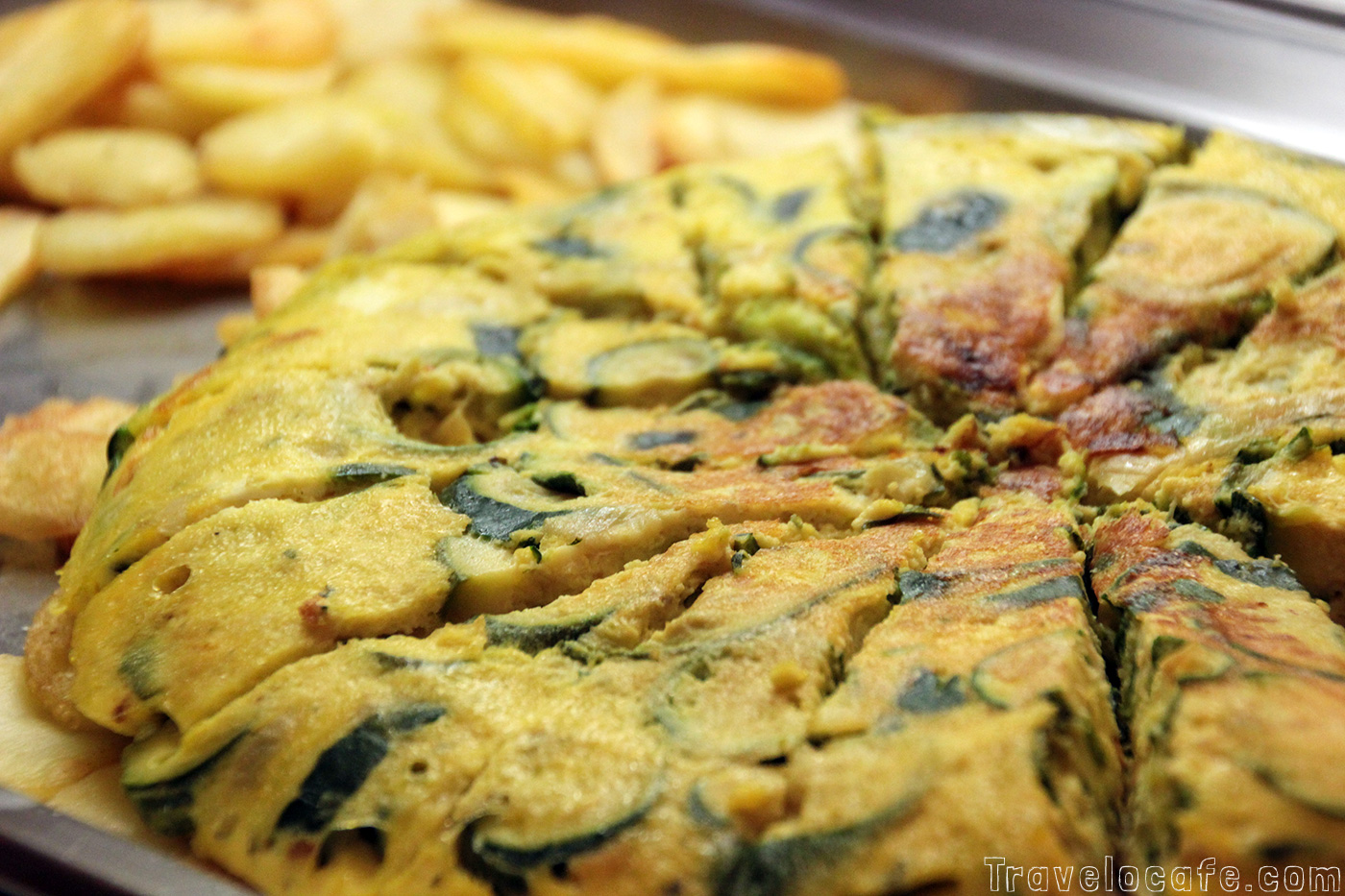
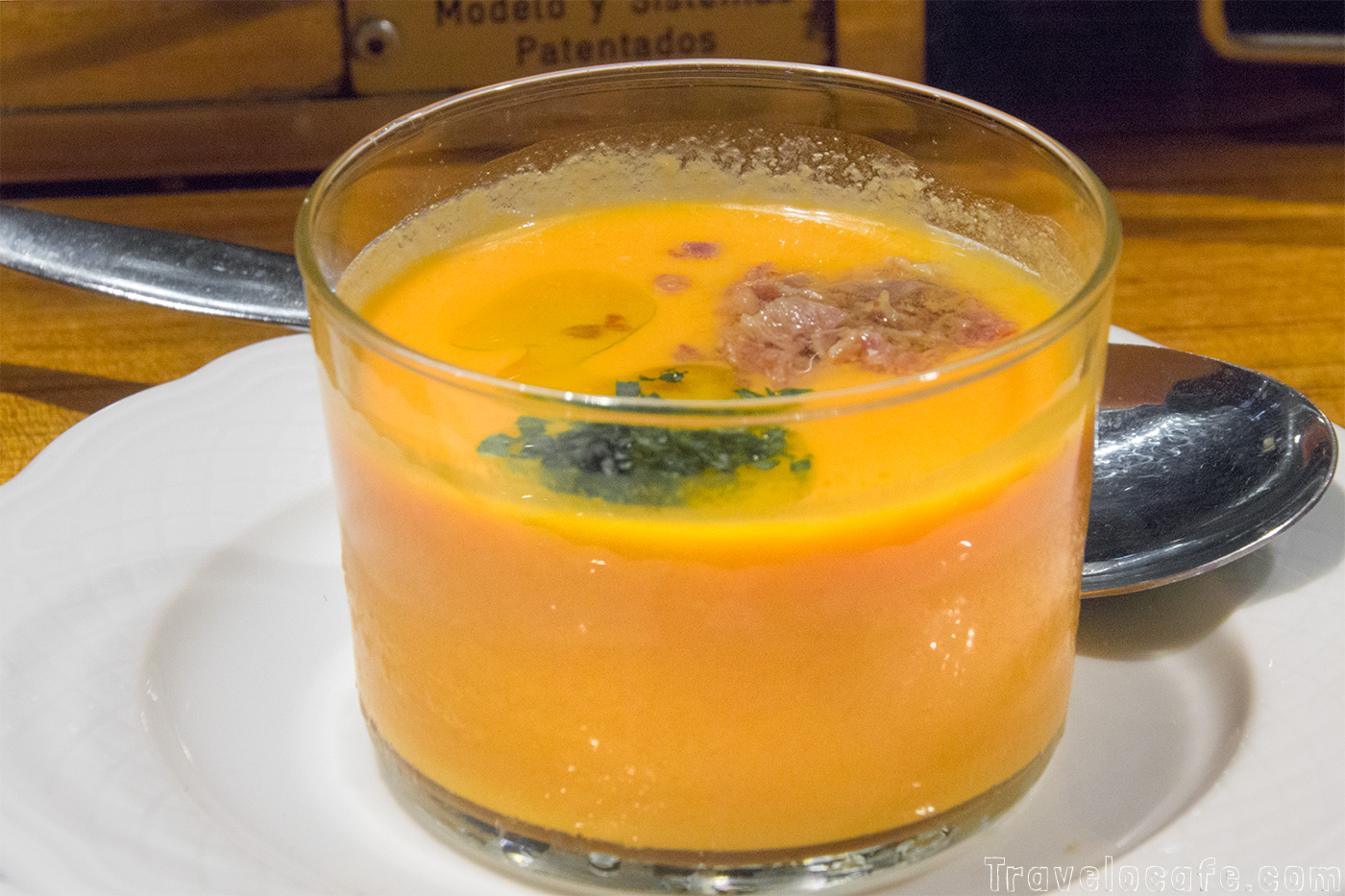
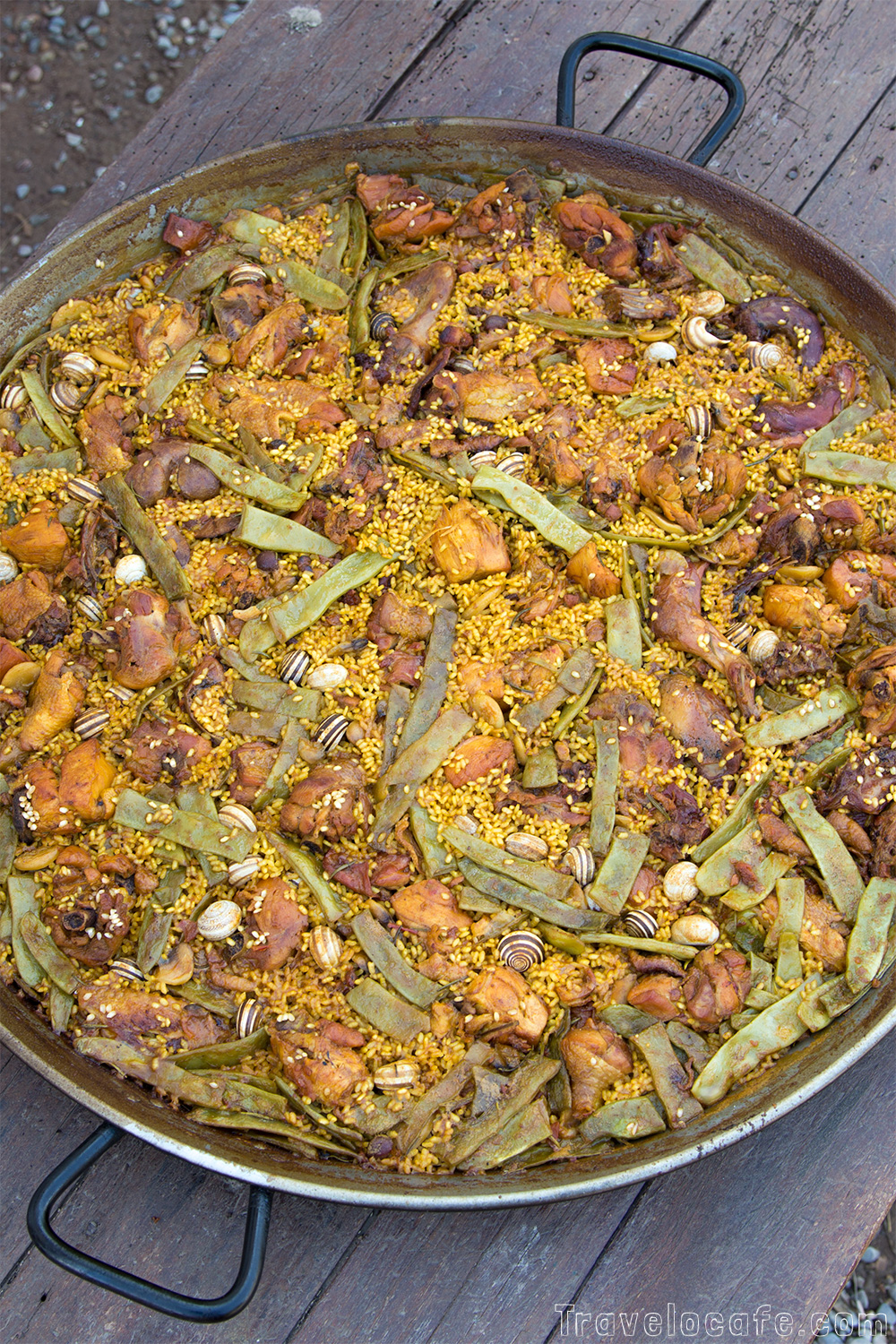
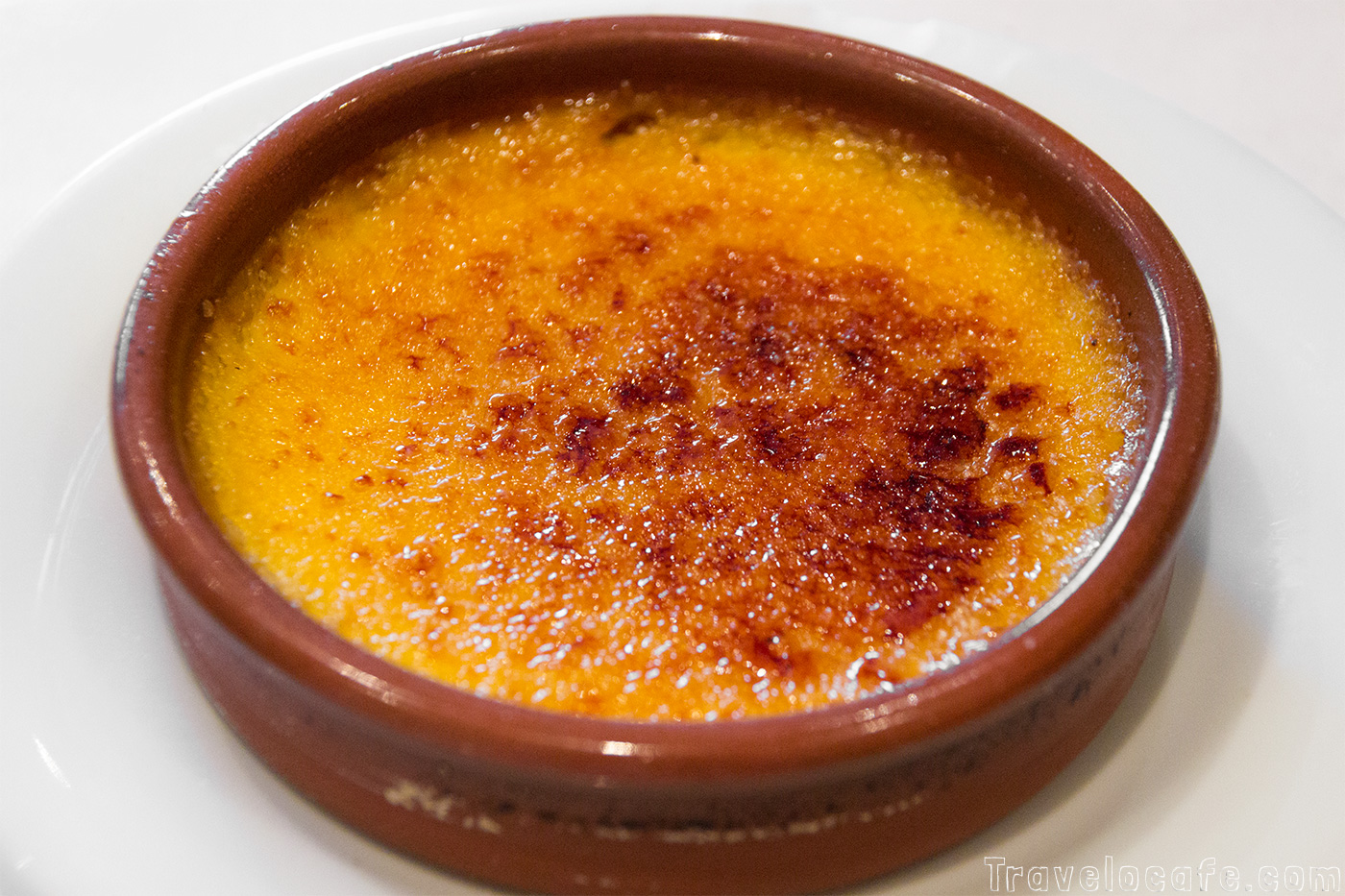
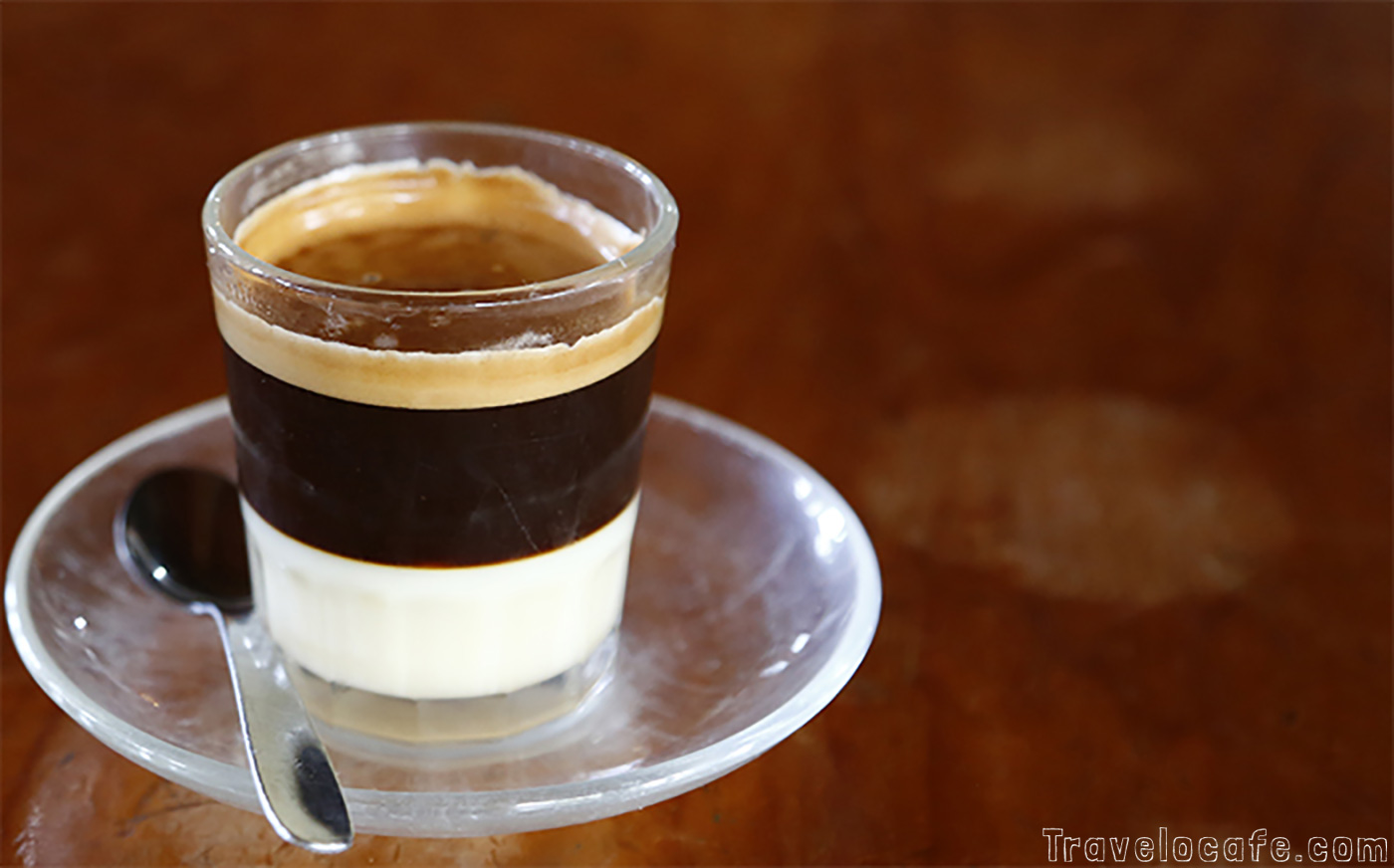

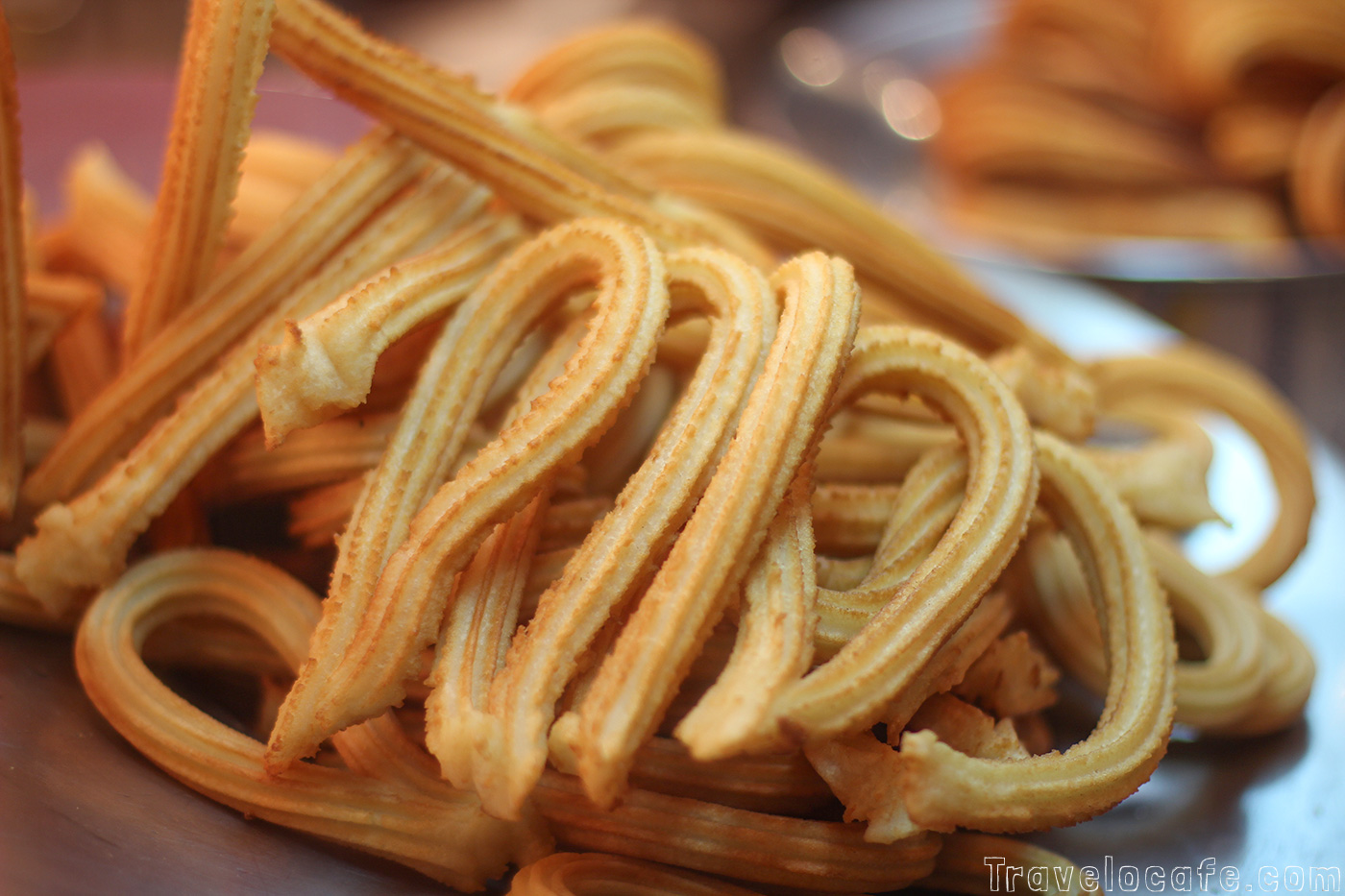
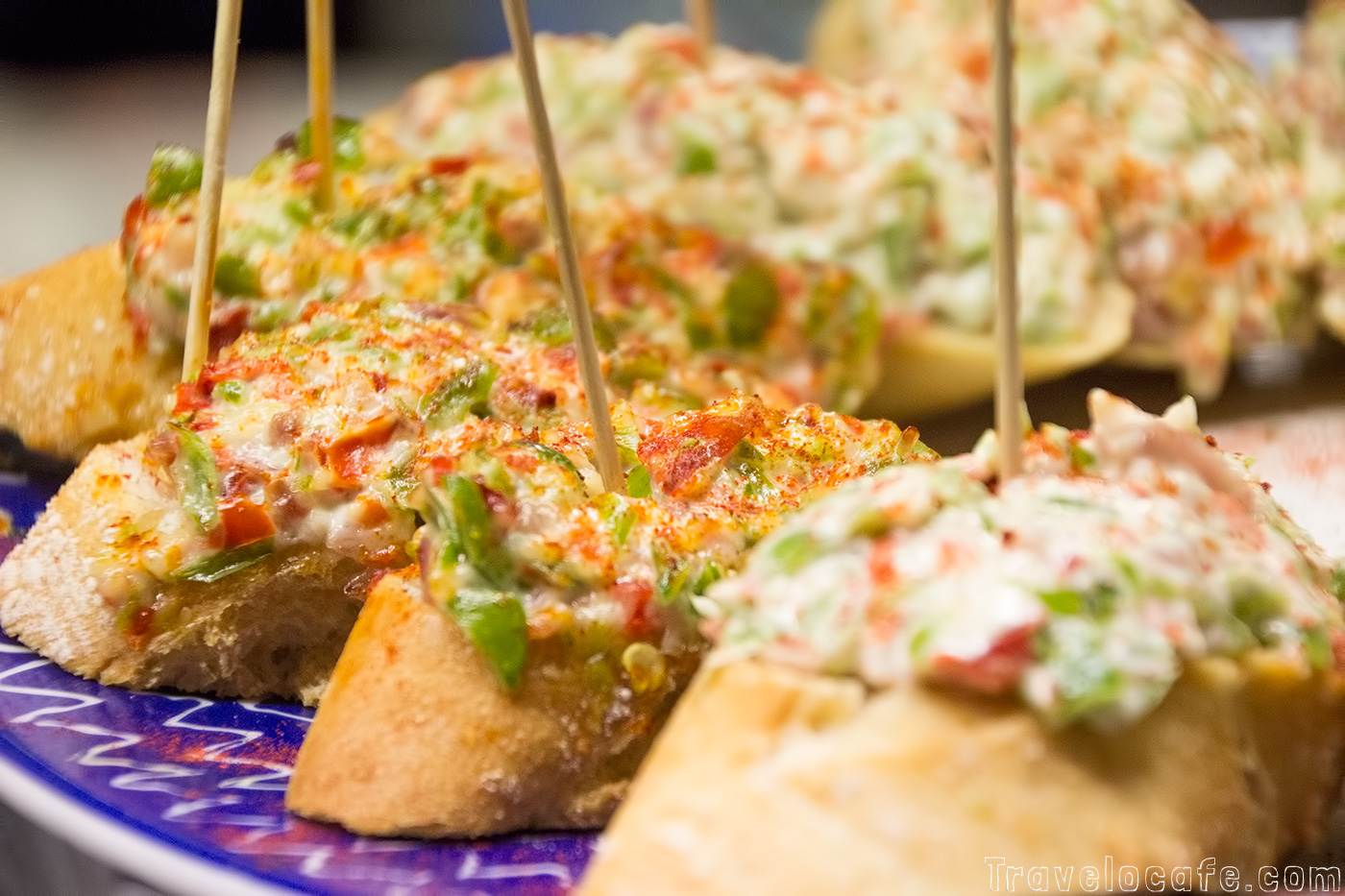
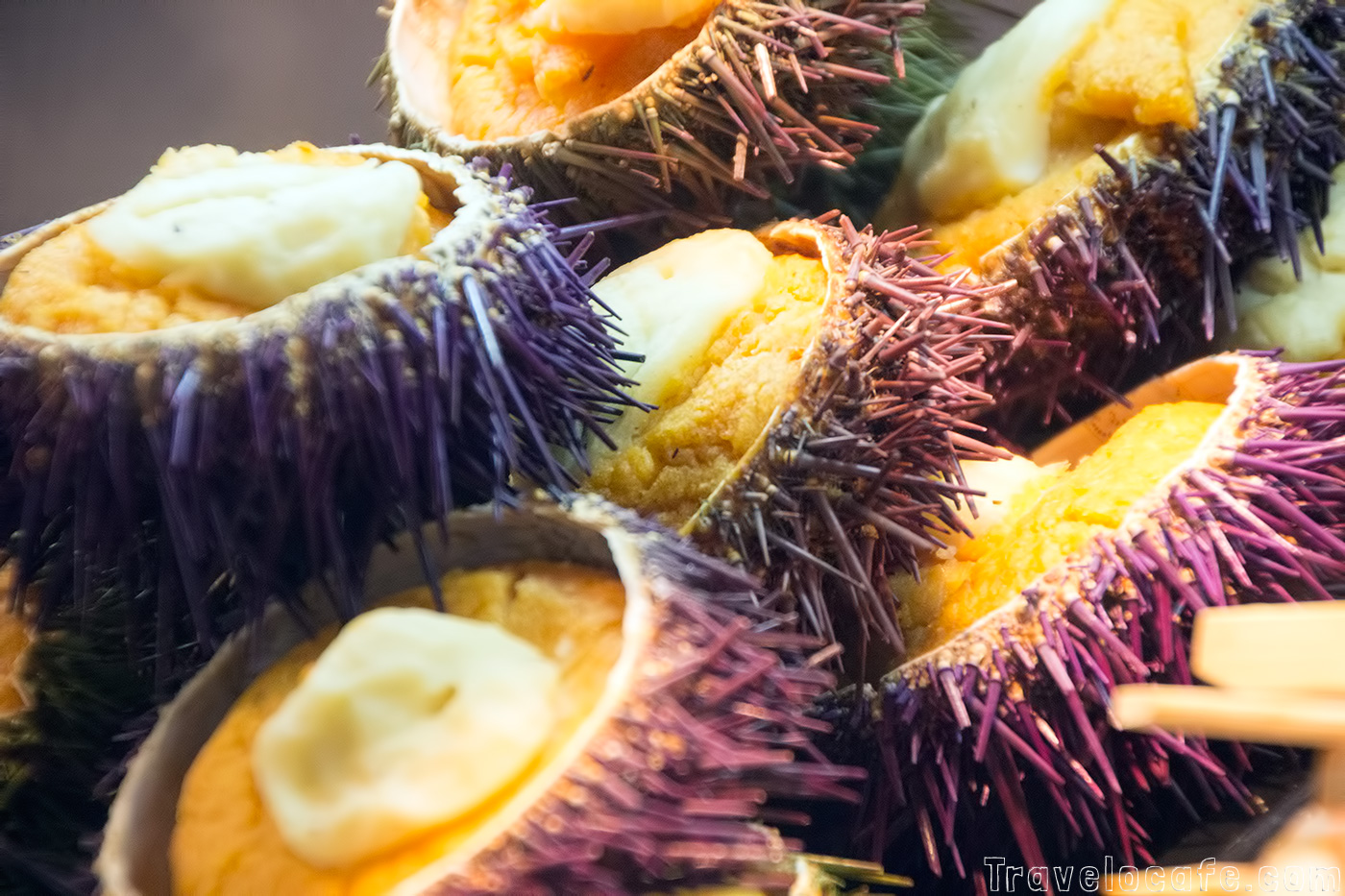
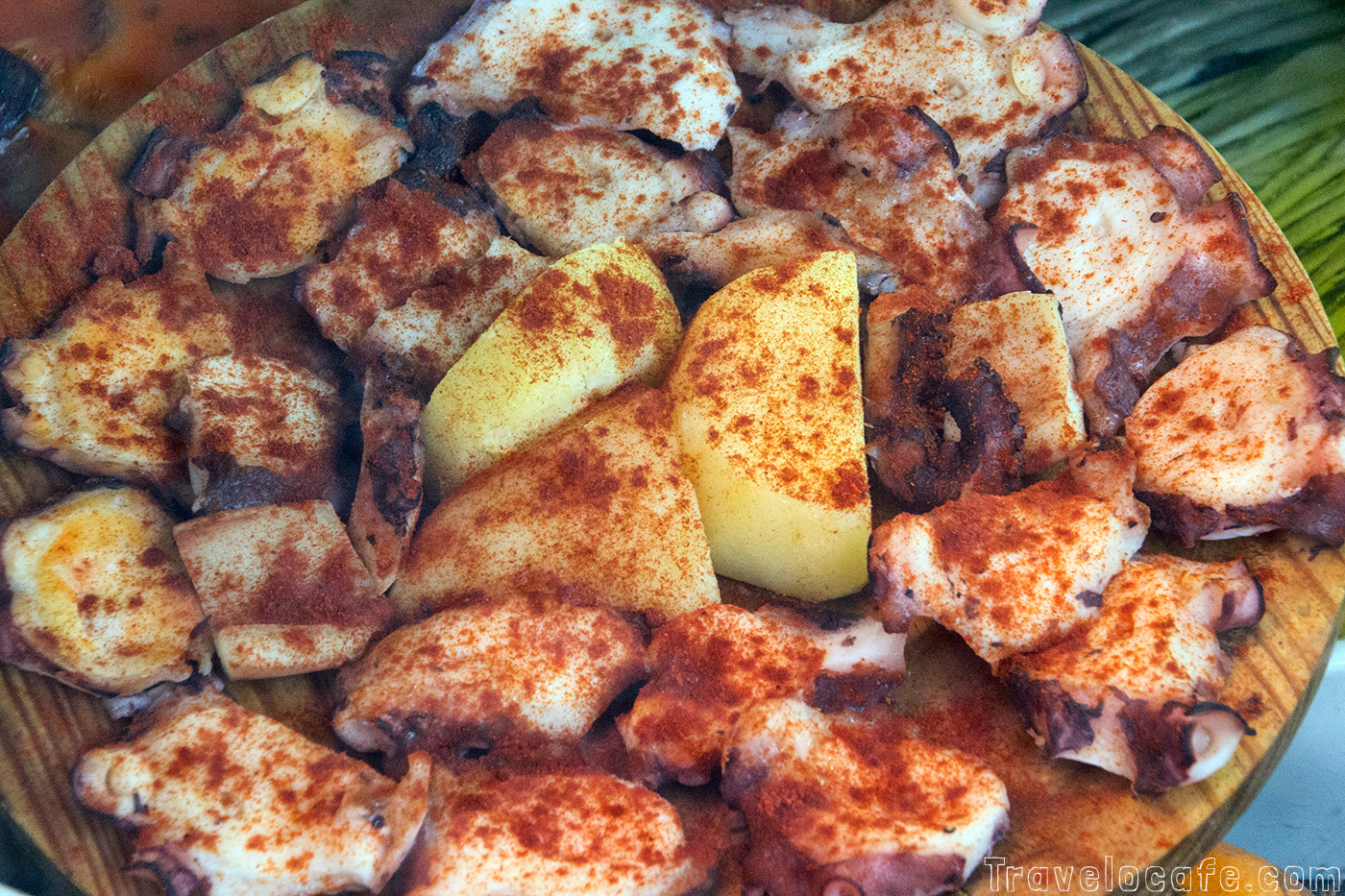
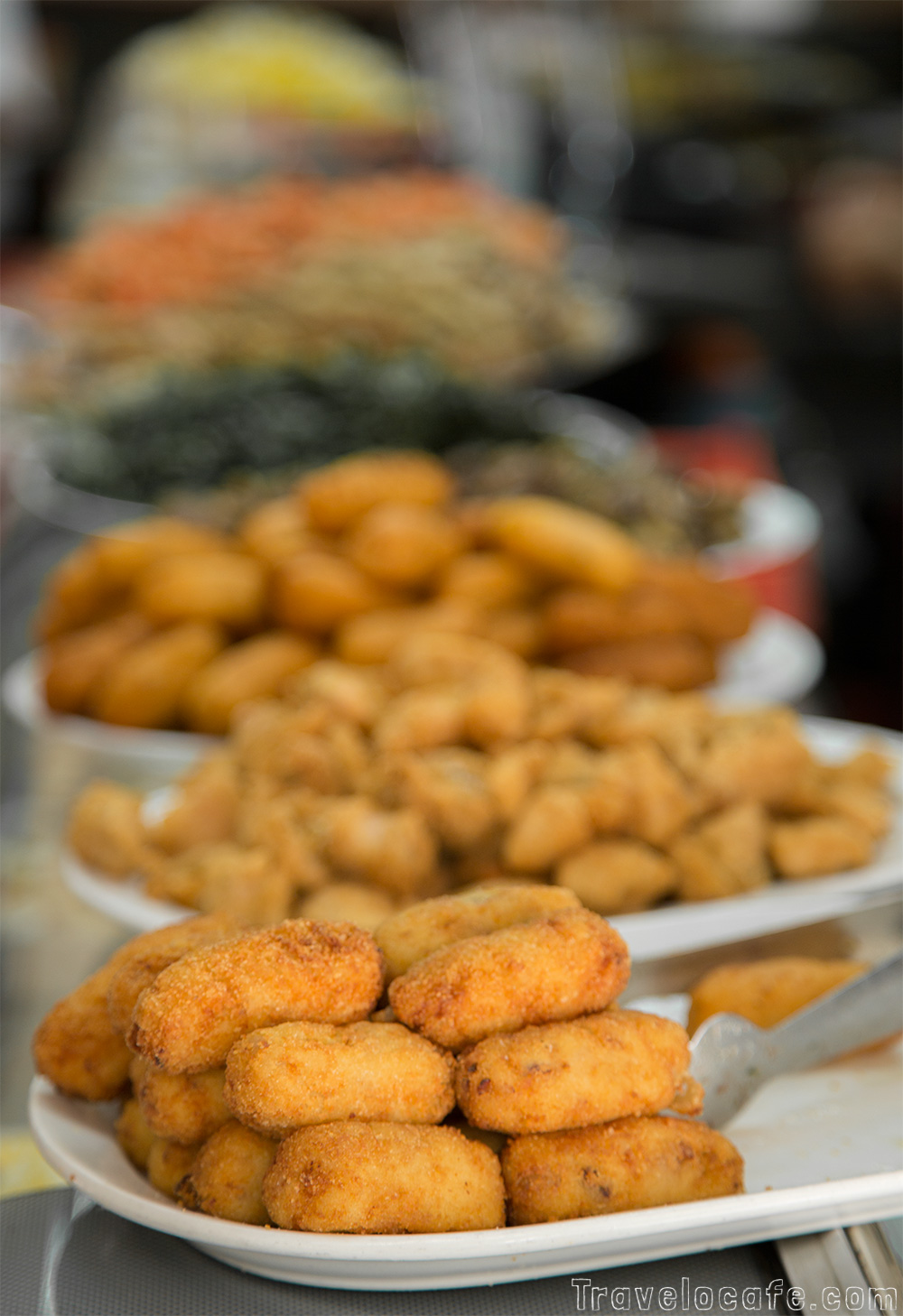
- Top 5 Gourmet Stops In London
Once upon a time, you could always count on getting great hotels and lousy meals in London. The nation’s dull, insular, uninspired cooking was the joke of Europe. That reputation began to change in the 1980s, with the influx of new cooking trends that...
- Walking And Dining In Europe: The Perfect Combination?
Europe is a very interesting continent. Despite being one of the smallest, there are 50 different countries, every one of them having a distinct culture, landscape and cuisine. Without knowing it, you could start in, say, Belgium and end up in Germany...
- Foodies: Taste The Delicacies Of Nice
With a population of about one million people, the city of Nice is France's fifth most populous city. Located on the French Riviera on the Mediterranean Sea, the city is known for its beauty and culture. While travelers from around the world visit...
- Enjoy Barcelona - A Travel Guide
Barcelona is the second largest city in Spain and the largest metropolis at the Mediterranean Sea. Due to its climate, culture, history and people, it is one of the most popular places to be visited by tourists from all over the world. Suitable for a...
- Albufera - The Birthplace Of Paella
Barraca in AlbuferaThough many see paella as Spain's national dish, the truth is that paella was first cooked in the orchards near Lake Albufera, a freshwater lagoon 11km south of Valencia. Nowadays paella has become the...
Travel
15 Traditional Spanish Foods You Must Eat in Spain
This article was written in partnership with Expedia
Spanish cuisine is rich and varied and each region contributes unique flavors. This incredible culinary diversity relies on the proximity to the sea, the abundance of locally produced fruits and vegetables and animals that are still let to roam freely and feed naturally. No matter how many majestic cathedrals you've visited in Spain or how many museums you've set foot in, you do not know Spain until you've tasted its traditional cuisine.
This is a selection of some of the best Spanish foods you must eat in Spain. I've tried to highlight the Spanish eating habits and give you culinary suggestions for each meal of the day. However, maybe it's best not to feel compelled to try all these amazing recipes in a 24-hour time span.
Breakfast (Desayuno)
It's common knowledge that the 'Mediterranean Diet' is among the healthiest and breakfast is the most important meal of the day. So you might think Spaniards have a large breakfast. Wrong! Breakfast in Spain is the smallest meal of the day. And it almost never includes hot dishes.
Instead, in Spain it is quite common to start the day with a café con leche (espresso and milk) or cortado (short espresso with a small amount of milk) and a croissant or pan con tomate (tomato and olive oil toast).
Eat tomato and olive oil toast in Barcelona

I love the tomato and olive oil toast! Such a simple and delicious thing to start the day! Optionally, garlic can be rubbed on the bread and the toast can be topped with Serrano ham.
The origin of this recipe is disputed, but many believe it to have originated in Barcelona. Nevertheless, the tomato and olive oil toast is eaten all over Spain, and not only for breakfast. This is a staple of the Spanish cuisine and it is often served in restaurants as an appetizer.
Mid-morning snack (Almuerzo)
The light breakfast is followed by a more hearty meal just a couple of hours later. The concept of brunch is almost non-existent in Spain. Meals usually fall between strict time frames and the mid-morning snack is typically served between 10 and 12 at noon.
Many restaurants and cafés serve a set menu consisting of a bocadillo (a sandwich made with Spanish bread cut longwise), soft drink and coffee. Eating tapas is also common.
Spanish omelette

Tortilla de patatas (Spanish omelette) is among the most popular Spanish snacks. It can be eaten either as a tapa or in a bocadillo. Though there are many tortilla variations throughout Spain, my favorite remains the one with onions.
Bocadillos
When it comes to bocadillos, there isn't much to wrap your head around. The extremely popular bocadillo de tortilla de patatas is served in virtually any Spanish bar. Additionally, the fried squid bocadillo (very popular in Madrid), the cheese and Serrano ham bocadillo and the braised pork loin bocadillo are just as easy to find.
Lunch (Comida)
Lunch in Spain is served between 2 and 4PM and it is the largest meal of the day. Spaniards love to take their time and eat their lunch peacefully, usually in the company of coworkers and friends. When eating out, the locals will almost always go for the set menu, usually priced around 10EURO. Most 'menu of the day' include salads, fish and seafood, grilled meats and fries, and fruits or yogurt for dessert. Hence not many Spaniards are overweight.
So what should you eat for lunch in Spain?
Eat gazpacho Andaluz & salmorejo in Andalucia

During the hot summer months, there's nothing better than a bowl of gazpacho Andaluz. This chilled tomato soup is best had in Andalucia, the region in Southern Spain that came up with this recipe in the first place. Spaniards don't eat much soup, and gazpacho certainly is the exception that proves the rule.
Like many other Spanish foods, the gazpacho Andaluz has achieved worldwide fame. But have you ever tasted salmorejo? Similar to gazpacho, salmorejo originated in Cordoba, it is thicker and garnished with diced Serrano ham and hard-boiled eggs. My opinion? It's even more delicious than gazpacho!
Melon with ham
This is a popular starter in Spain. The combination of sweet melon and cured ham is a treat for the palate. Serrano ham is typically used, but this plate is even more delicious if served with jamón ibérico or jamón ibérico de Bellota. The latest is the king of the Spanish hams, it comes from free-range acorn fed pigs and it is cured for 36 months.
Eat paella in Valencia

Paella is considered Spain's national dish. But here comes the million-dollar question. Where can I eat the best paella? I am a bit of a paella snob. So if you want to eat traditional paella, I will recommend Valencia and the surrounding villages. The humble origins of paella are in a lagoon just outside this city and you won't find better paella anywhere else.
Right in the Valencia city center you will find Casa Roberto - winner of the International Paella Championship. Or you can escape the city and go to El Palmar (the cradle of paella). The nearby orchards host hidden gems like Barraca Toni Montoliu in Meliana where they still cook the paella on an open fire fuelled with orange branches.
Paella can be either a starter or a main dish, and it is best eaten directly from the paella pan. There are quite a few recipes that you will find over and over again throughout Spain, like the seafood paella and the mixed paella. But the original recipe is called paella Valenciana and it is made only with rice, rabbit, chicken, snails, green beans, white beans, saffron and olive oil, the cornerstone of the Mediterranean Diet.
Eat crema catalana in Barcelona

My favorite Spanish dessert is crema catalana. This rich custard topped with a crunchy layer of caramelized sugar is typically served in a clay pot and it is reminiscent of the French Crème brûlée. Rumor has it crema catalana inspired the French recipe. But better not ask the French, so nobody gets upset.
Eat pan de Calatrava in Murcia
I have a sweet tooth, so I'll go on and mention my second favorite Spanish dessert as well. Pan de Calatrava is a pudding typical of the Murcian cuisine. Its name comes from its bed of stale-bread. It is cooked in the oven, using eggs and milk, and it is topped with caramel sauce. Delish!
Have a bombón

To finish off lunch, have a café bombón (espresso and condensed milk, typically served in a transparent glass).
Mid-afternoon snack (Merienda)
Because dinner in Spain is served at impossibly late hours, a mid-afternoon snack is eaten around 5PM. Kids will usually have half a bocadillo or a chocolate bocadillo (a chocolate bar in between two halves of Spanish bread).
Drink horchata with fartons in Valencia

I love spending the afternoon on a sunny terrace in the company of a refreshing glass of horchata. The Spanish beverage is different from the Mexican one, for it is made of tigernuts, a crop grown in the fields of Alboraya, nearby Valencia. Sweet, milky and if you count out the sugar in it, very healthy, it is usually accompanied by fartons (elongated pastries glazed with sugar).
Churros with chocolate

Who doesn’t love churros? Churrerias have sprung in al major cities of the world lately, from food trucks to food stalls. But this fried-dough pastry drained in sugar is best had dunk in thick, creamy Spanish chocolate.
Dinner
The late dinner in Spain is not an elaborate affair, unless you want to make it so. In which case, the possibilities are endless. I love finishing the day with tapas; even better if I can 'ir de tapas' (hop from one bar to another and only eat the best tapa in each). When it comes to tapas, Spain is the place to be. The concept of tapas was born here after all.
But, Laura, where can I have the best tapas in Spain? you might ask. And you'll all expect me to say Madrid, Barcelona or San Sebastian.
Pintxos in Basque County and Navarre

Granted, San Sebastian is a foodies Mecca and the Old Town is sprinkled with tapas bars. It is also the city with most Michelin stars per capita in the world, and some of the tapas here have evolved into a sophisticated type of cuisine. Sure, San Sebastian is a great place to stuff your face with pintxos (a piece of Spanish bread with various toppings, hold together by a toothpick)! But while I love pintxos, there's so much more to tapas.
Creative tapas

Truth is, you'll find great tapas everywhere in Spain. Valladolid was recently voted the best city in Spain for eating tapas. However, each region has its specialties. Spain has an infinity of bars, some serving traditional tapas, other reaching for a gourmet status. When it comes to combining flavors, the sky is the limit.
Logroño is famous for its incredibly creative tapas. Think sea urchin stuffed with lobster, octopus lasagna with mustard, battered pork ears, skewer of cod and shrimp tempura over zucchini sauce or crispy suckling pig skewer.
Cadiz, as many cities in Andalusia, is quite famous for its freidurias. These are the best places to have all kinds of deep-fried fish and seafood (like fried calamari rings, cuttlefish or crisp-fried fish).
Pulpo a la gallega

For pulpo a la gallega (Galician octopus), it is best to travel to Galicia. La Coruña is situated right on the shores of the Atlantic and the seafood here is as fresh as it gets. The Galician octopus is a staple of the local cuisine. And while this plate is nothing but boiled octopus seasoned with salt, paprika and olive oil, typically served on a wooden plate, I'm sure you'll find it incredibly delicious.
Traditional tapas

Last but not least, there are the typical tapas that you will find wherever you happen to be in Spain. You cannot miss the patatas bravas (fried potatoes with alioli or spicy sauce) and the croquettes (crisp on the outside, creamy on the inside). Nor the revuelto de morcilla (scrambled eggs with blood sausage - typical of Burgos) and the padrón peppers (some hot some not, typical of La Coruña). Or the mouth-watering cured cheeses and hams. And of course, don't forget the olives, many times offered as a complimentary appetizer in bars to accompany your drink.
Hungry for more?
Check out even more places where you can travel for great culinary experiences.
Check out even more places where you can travel for great culinary experiences.
- Top 5 Gourmet Stops In London
Once upon a time, you could always count on getting great hotels and lousy meals in London. The nation’s dull, insular, uninspired cooking was the joke of Europe. That reputation began to change in the 1980s, with the influx of new cooking trends that...
- Walking And Dining In Europe: The Perfect Combination?
Europe is a very interesting continent. Despite being one of the smallest, there are 50 different countries, every one of them having a distinct culture, landscape and cuisine. Without knowing it, you could start in, say, Belgium and end up in Germany...
- Foodies: Taste The Delicacies Of Nice
With a population of about one million people, the city of Nice is France's fifth most populous city. Located on the French Riviera on the Mediterranean Sea, the city is known for its beauty and culture. While travelers from around the world visit...
- Enjoy Barcelona - A Travel Guide
Barcelona is the second largest city in Spain and the largest metropolis at the Mediterranean Sea. Due to its climate, culture, history and people, it is one of the most popular places to be visited by tourists from all over the world. Suitable for a...
- Albufera - The Birthplace Of Paella
Barraca in AlbuferaThough many see paella as Spain's national dish, the truth is that paella was first cooked in the orchards near Lake Albufera, a freshwater lagoon 11km south of Valencia. Nowadays paella has become the...
